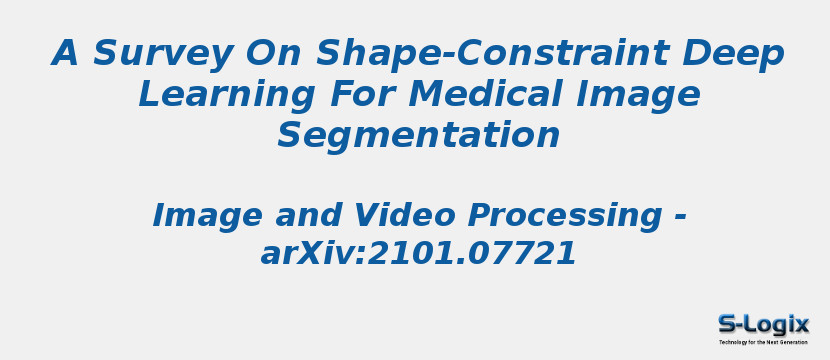Research Area: Machine Learning
Since the advent of U-Net, fully convolutional deep neural networks and its many variants have completely changed the modern landscape of deep learning based medical image segmentation. However, the over dependence of these methods on pixel level classification and regression has been identified early on as a problem. Especially when trained on medical databases with sparse available annotation, these methods are prone to generate segmentation artifacts such as fragmented structures, topological inconsistencies and islands of pixel. These artefacts are especially problematic in medical imaging since segmentation is almost always a pre-processing step for some downstream evaluation. The range of possible downstream evaluations is rather big, for example surgical planning, visualization, shape analysis, prognosis, treatment planning etc. However, one common thread across all these downstream tasks is the demand of anatomical consistency. To ensure the segmentation result is anatomically consistent, approaches based on Markov/ Conditional Random Fields, Statistical Shape Models are becoming increasingly popular over the past 5 years. In this review paper, a broad overview of recent literature on bringing anatomical constraints for medical image segmentation is given, the shortcomings and opportunities of the proposed methods are thoroughly discussed and potential future work is elaborated. We review the most relevant papers published until the submission date. For quick access, important details such as the underlying method, datasets and performance are tabulated.
Keywords:
Author(s) Name: Simon Bohlender, Ilkay Oksuz, Anirban Mukhopadhyay
Journal name: Electrical Engineering and Systems Science
Conferrence name:
Publisher name: arXiv:2101.07721
DOI: 10.48550/arXiv.2101.07721
Volume Information:
Paper Link: https://arxiv.org/abs/2101.07721
